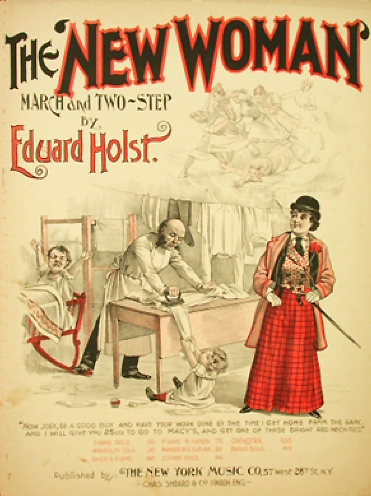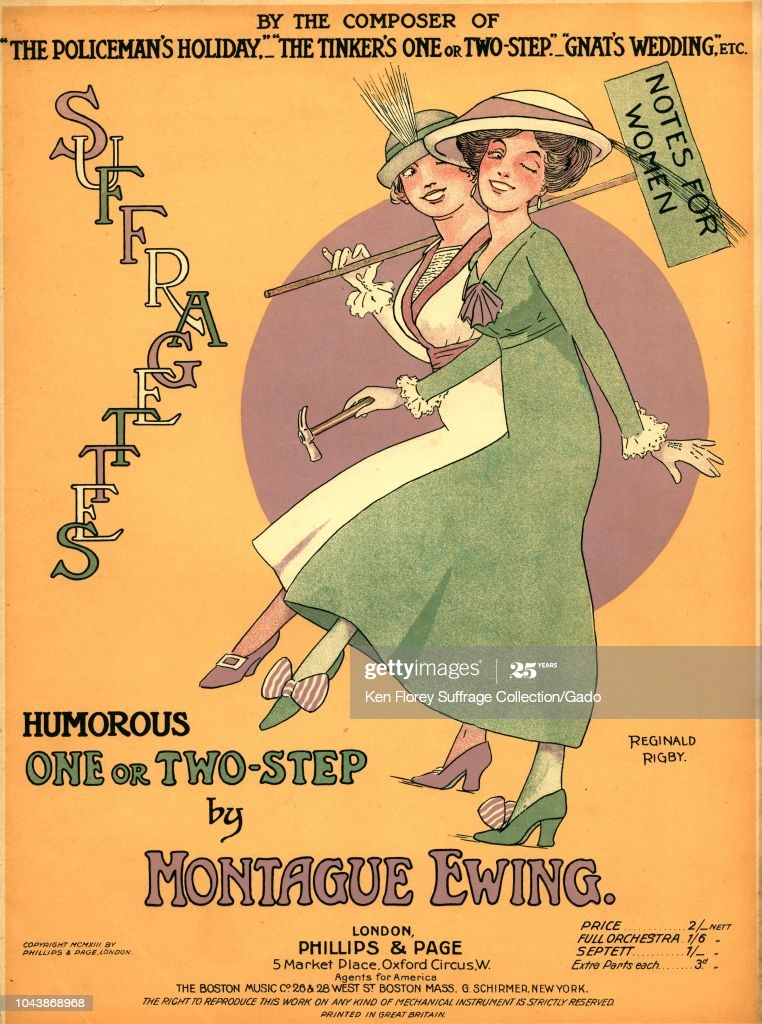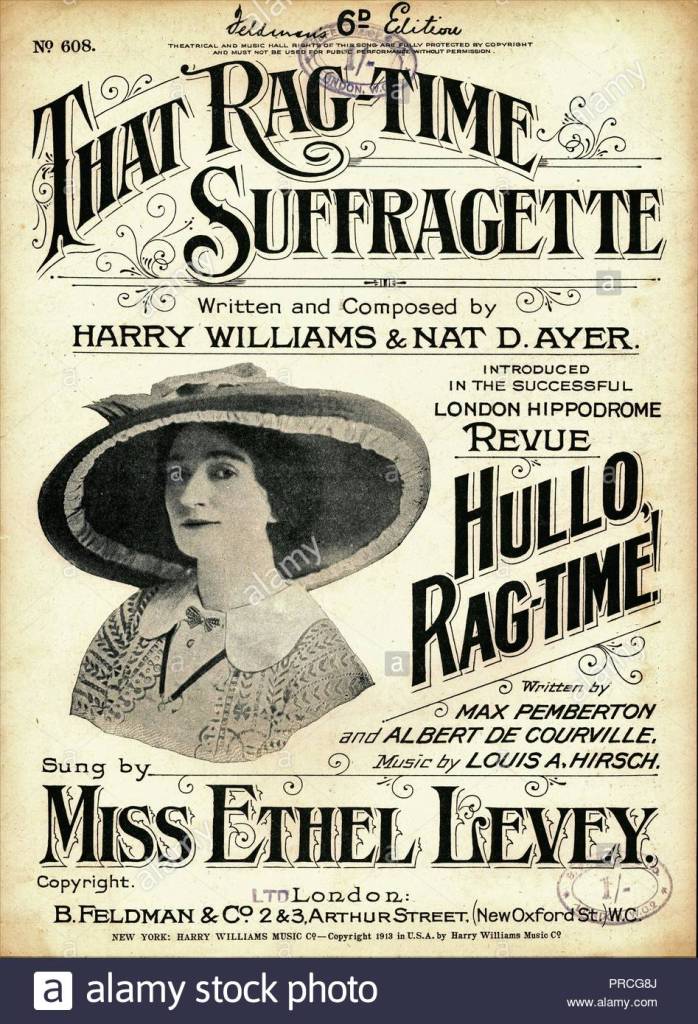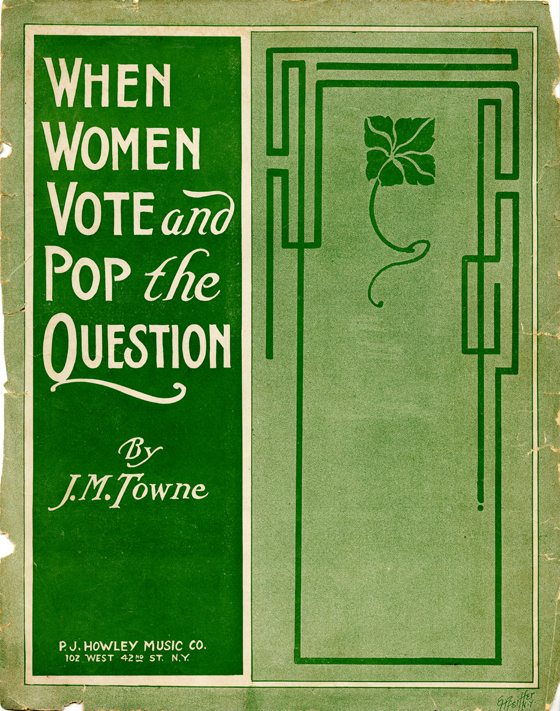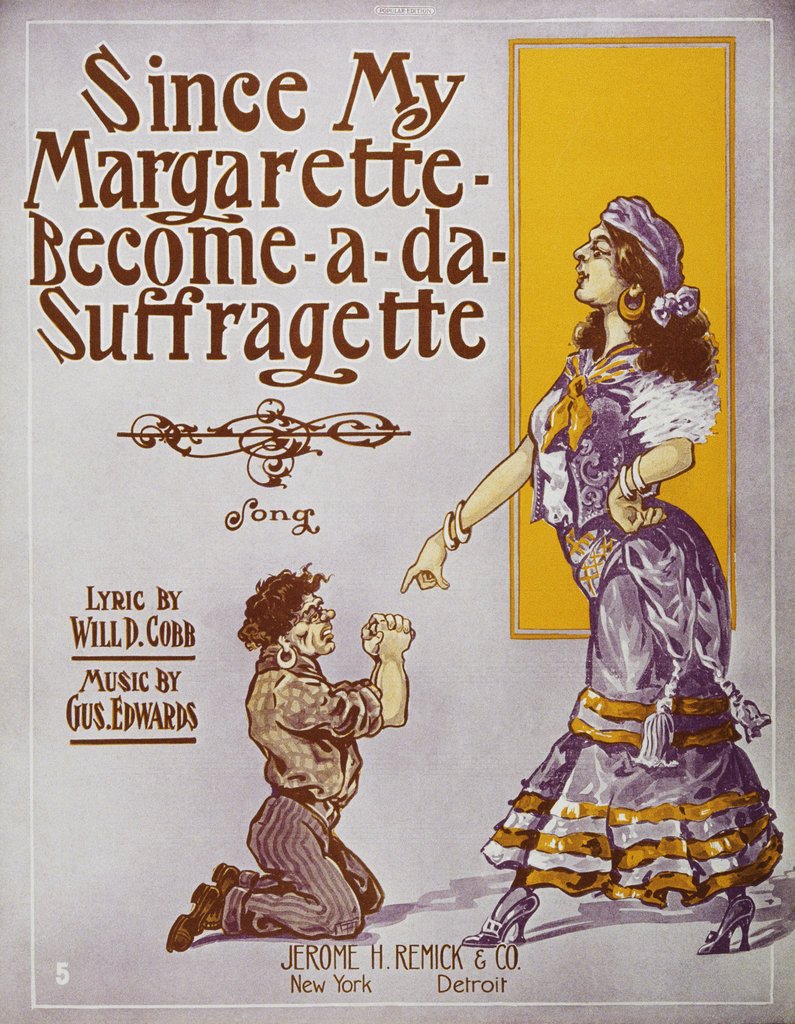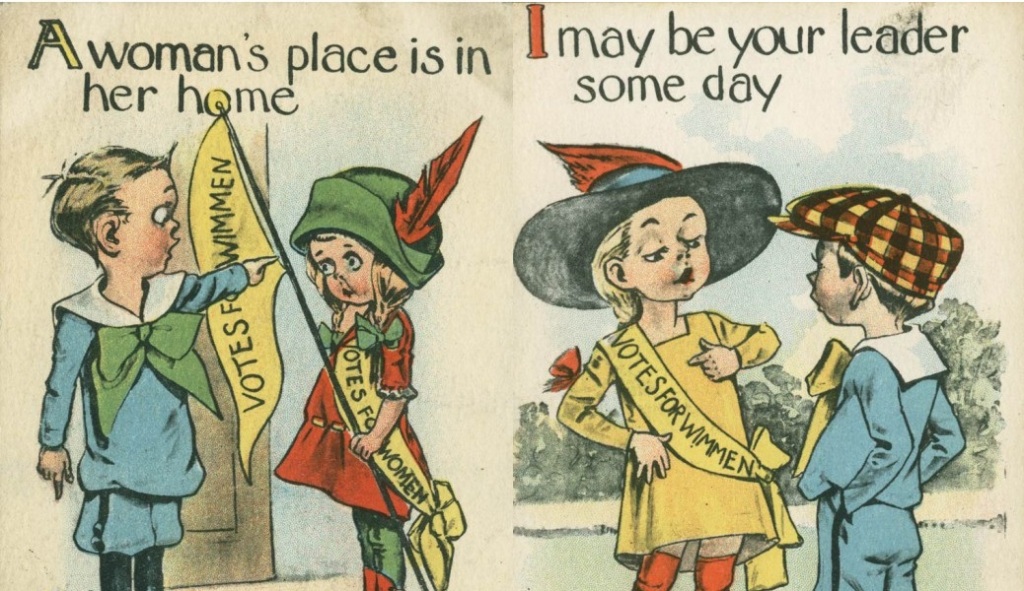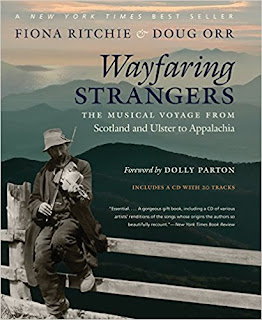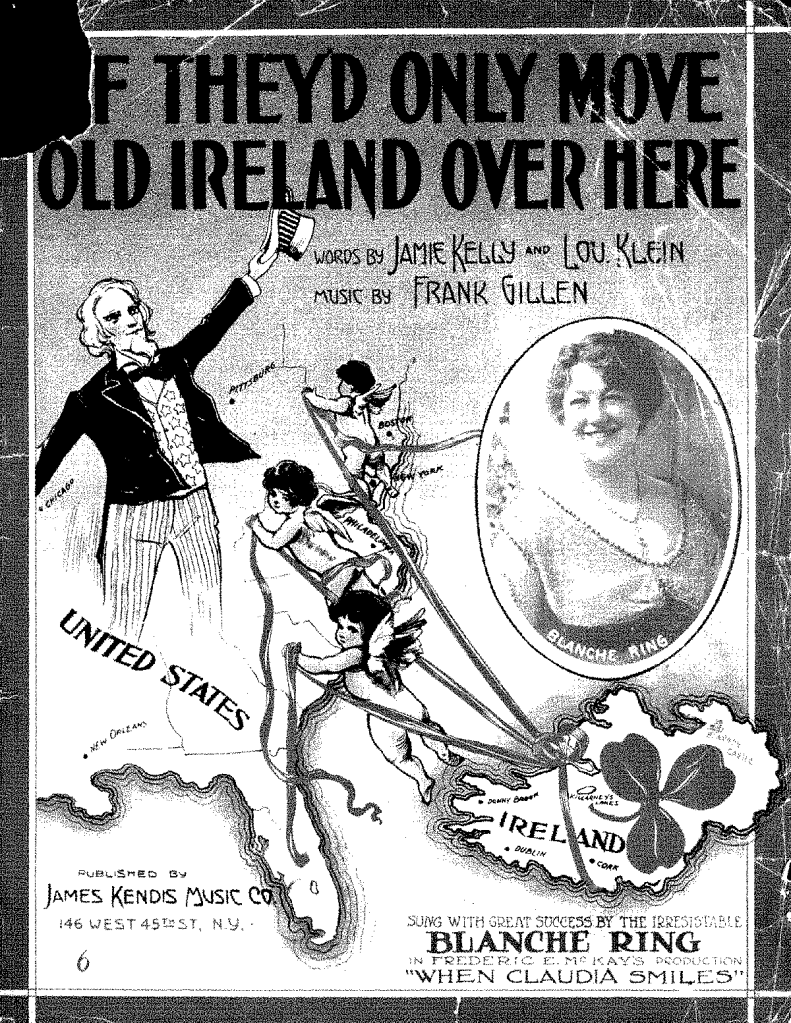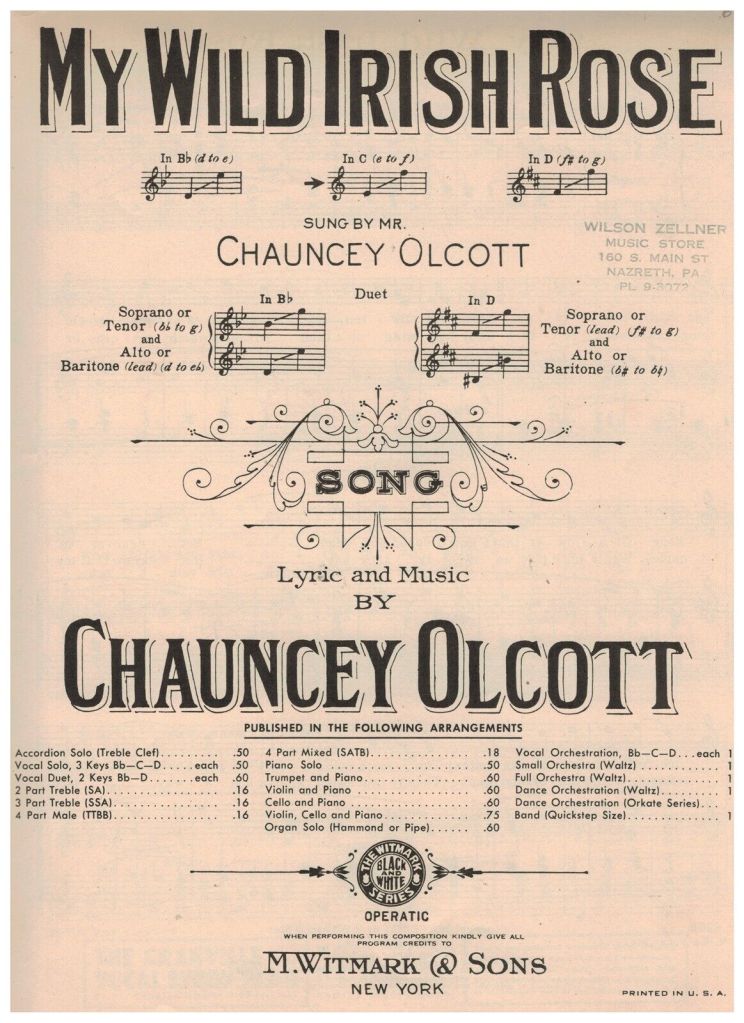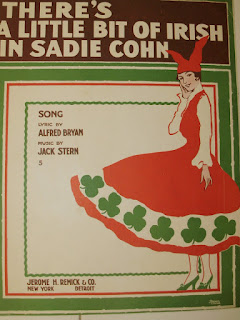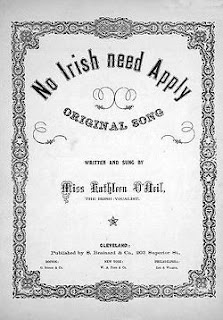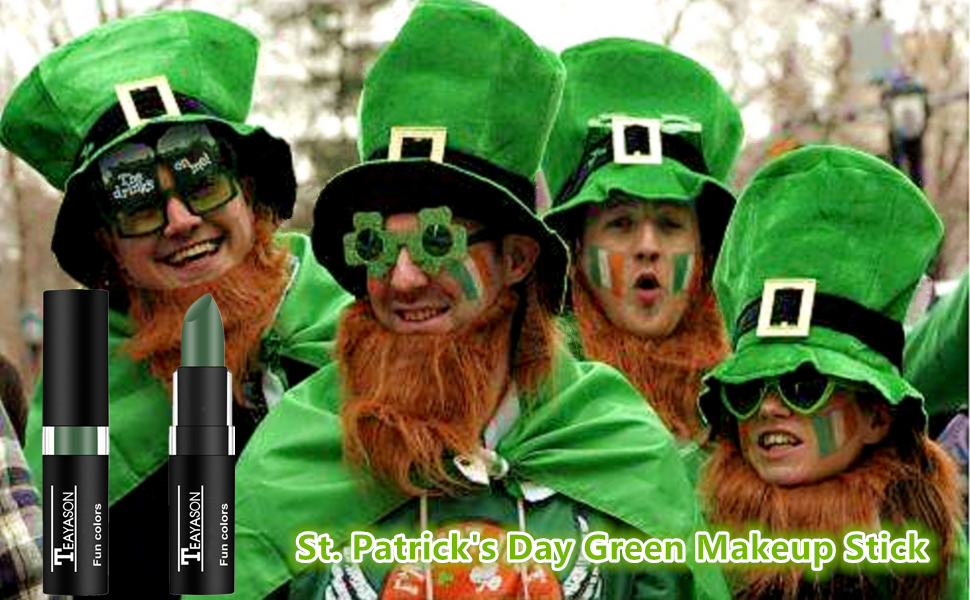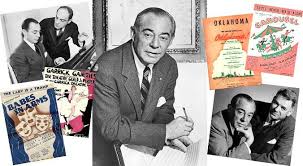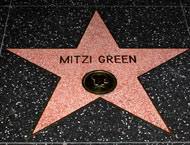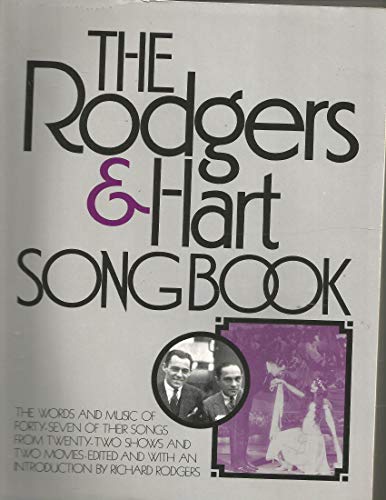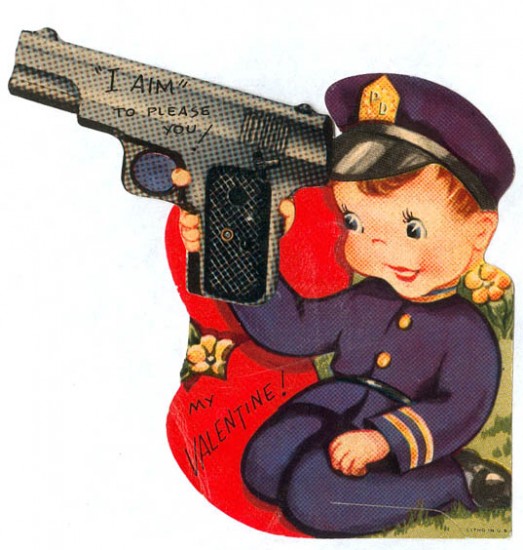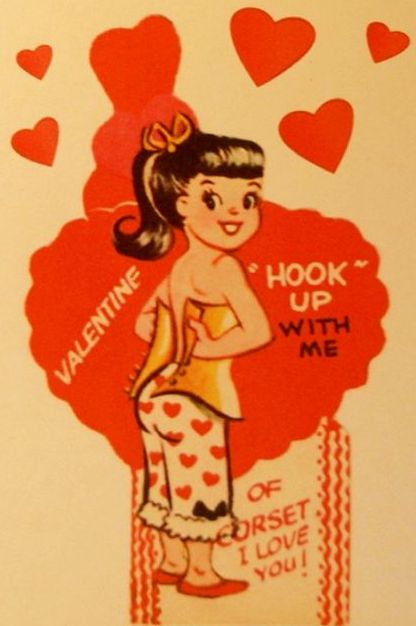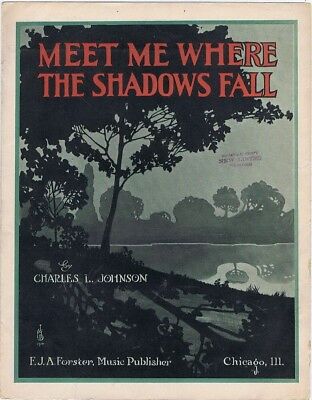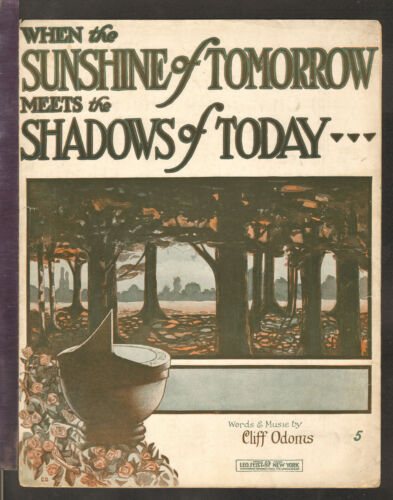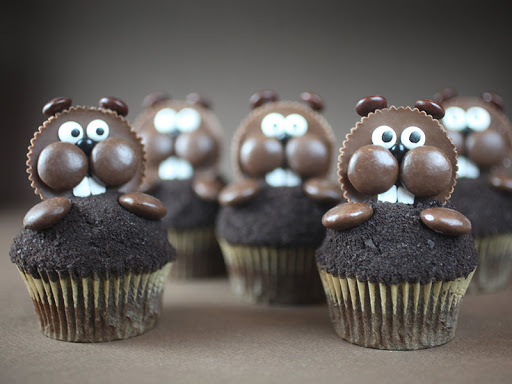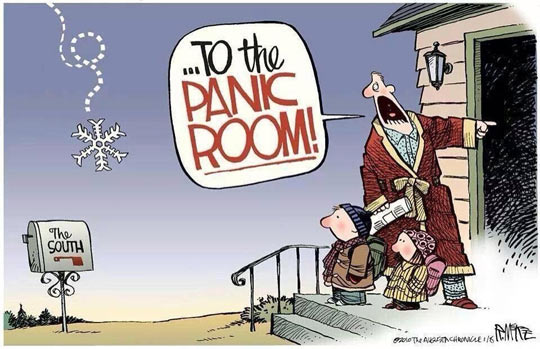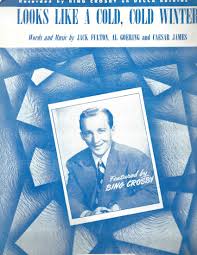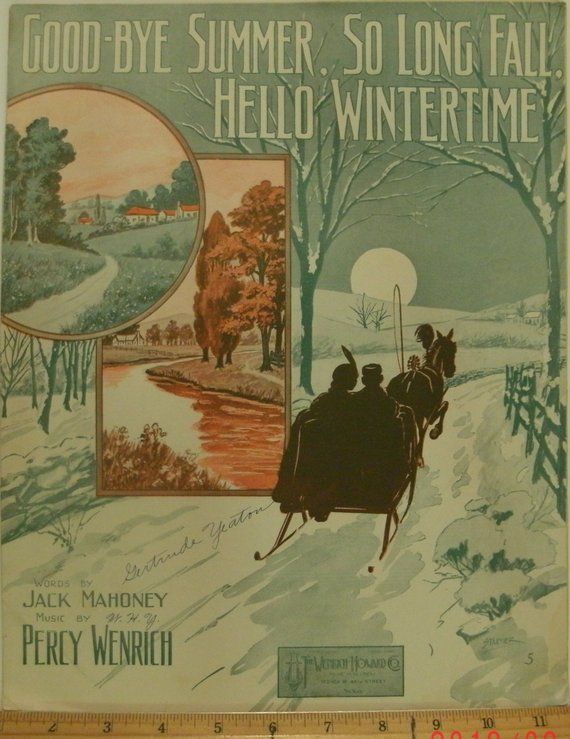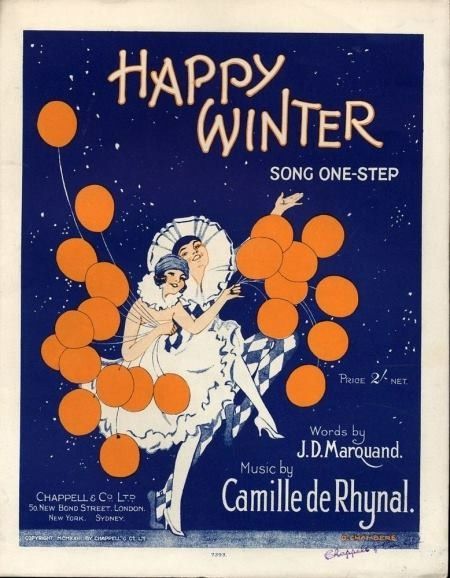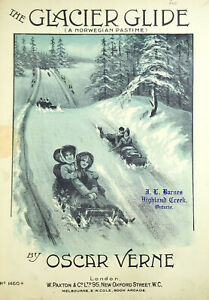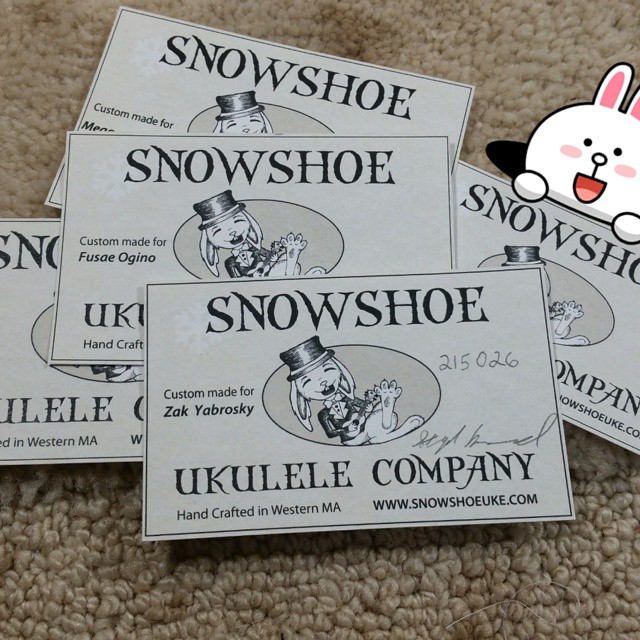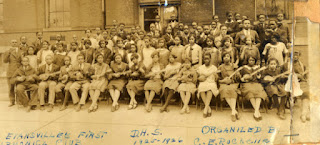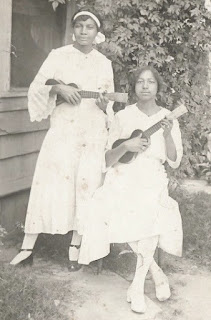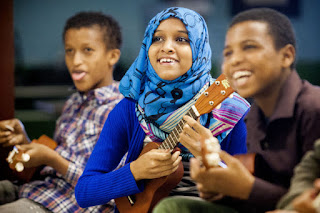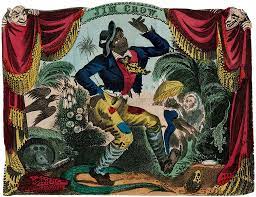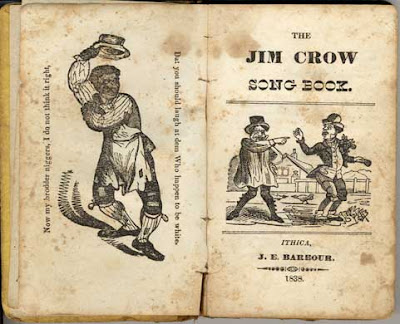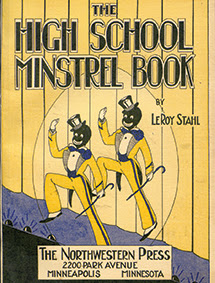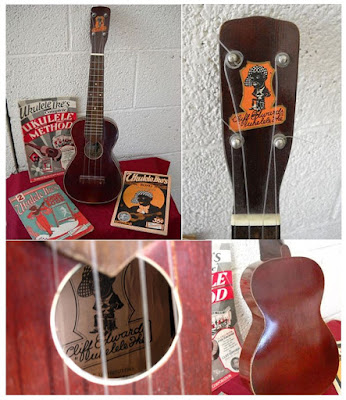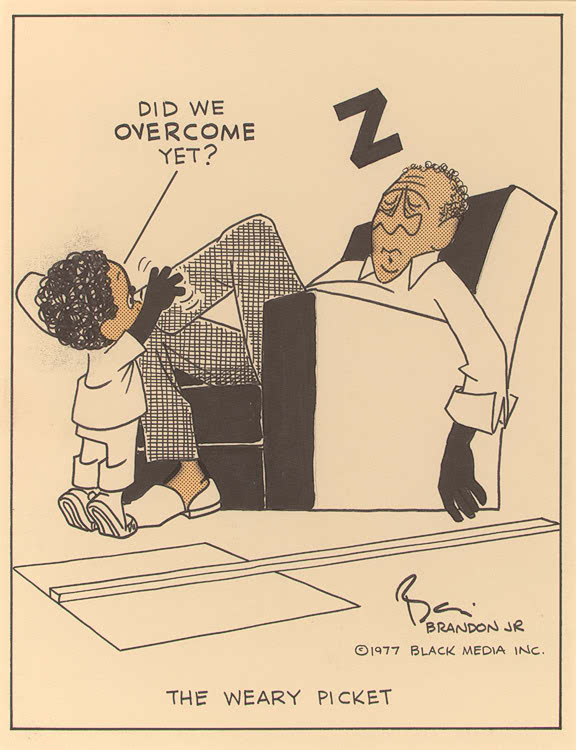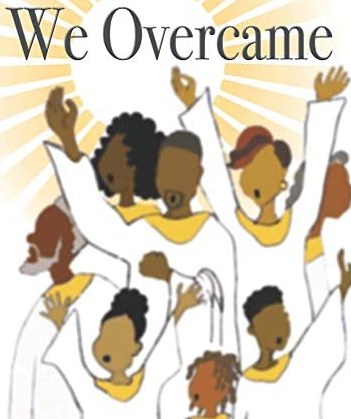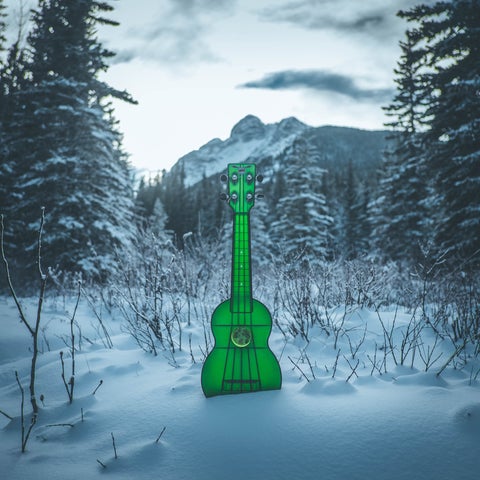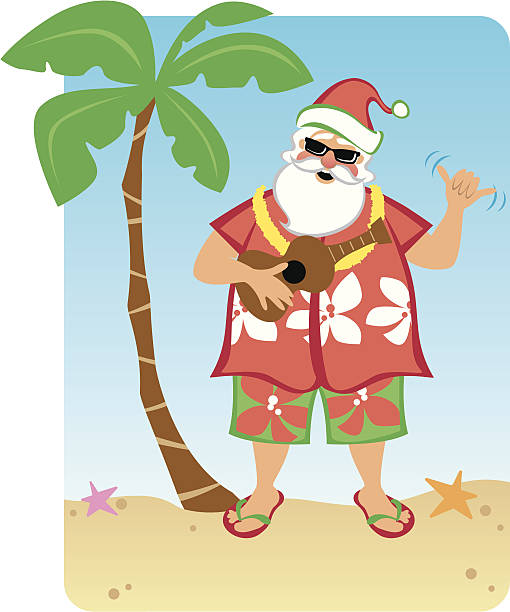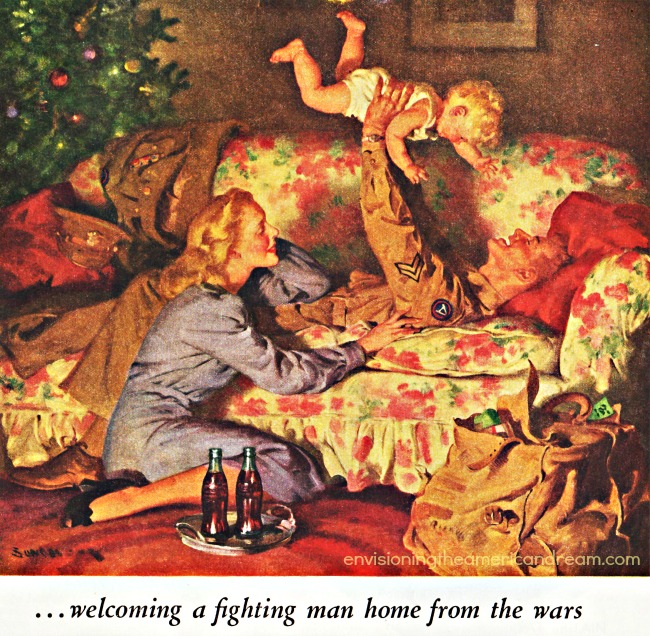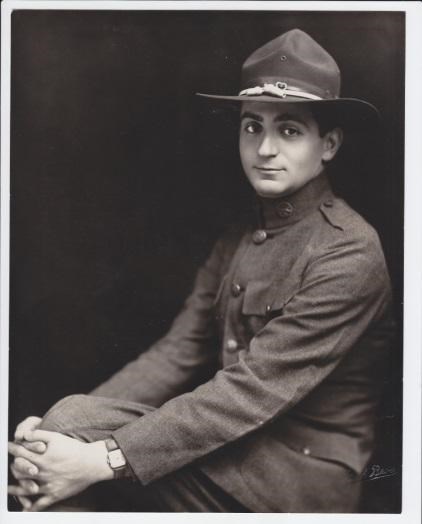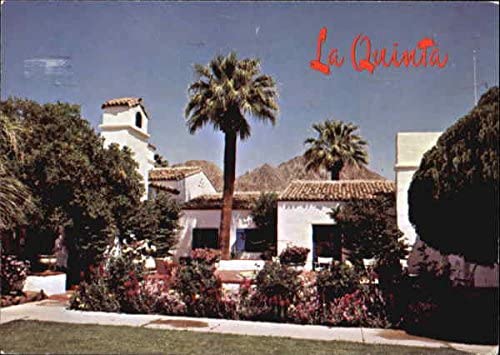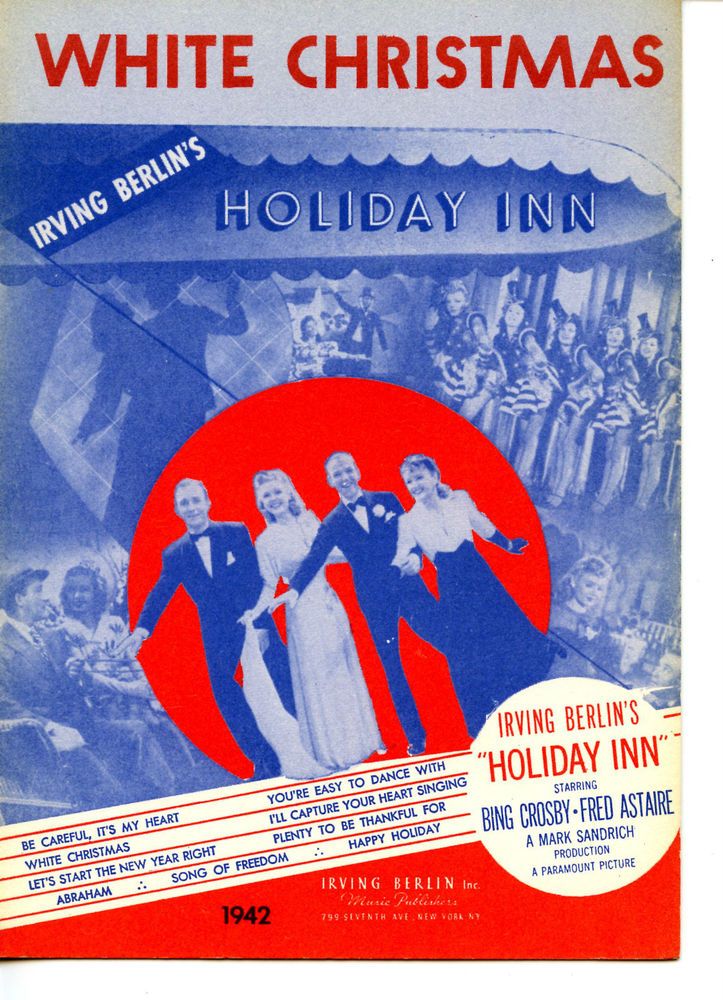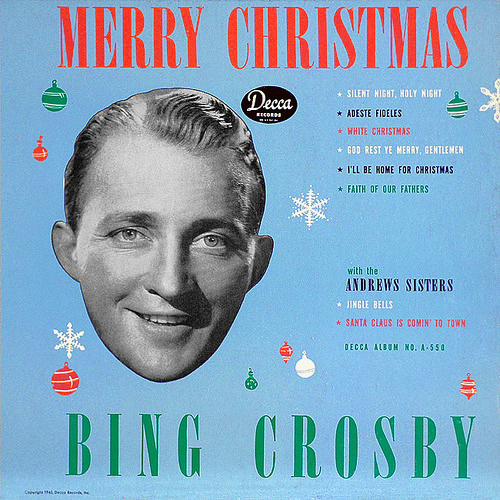Sorry, gentle readers, but calendric quirks force me to dig into my holiday file a bit early this year. Anyway, why not? Thanks to the folks who invented Leap Year, it’s been confirmed that Easter is about as early in the year as it can be. So, let’s jump ahead and take a look at that most non-bunny, non-religious of holiday songs–“Easter Parade.”

I’m sure that quite a few of you will be having some sort of Easter celebrations with family and friends–in person, on Zoom, even by old-fashioned telephone. By any means, I hope that your Easter baskets are as much musically fun as these!

To crack this seasonal egg, let me delve into a bit of musical history and a little musical mind-candy. We all could use some of that before we suit up for the parade this Sunday. We ARE going to parade down the avenue, aren’t we?

That’s one way to suit up but, as an architect, I feel the need to expand on the dress code just a tad. But, I digress.

Moving on, “Easter Parade” is nothing more than a simple boy-girl romancing song written around that depression-era fashion parade on New York’s most fashionable street—5th Avenue. It’s an event that lives on today albeit in a slightly less modest form.

Our song was written in 1933 by Irving Berlin who, not being one to waste a good thing, had originally written the melody in 1917 for another song called “Smile and Show your Dimple” . . .

. . . a “cheer-up” song for a girl whose guy had gone off to fight in World War I.
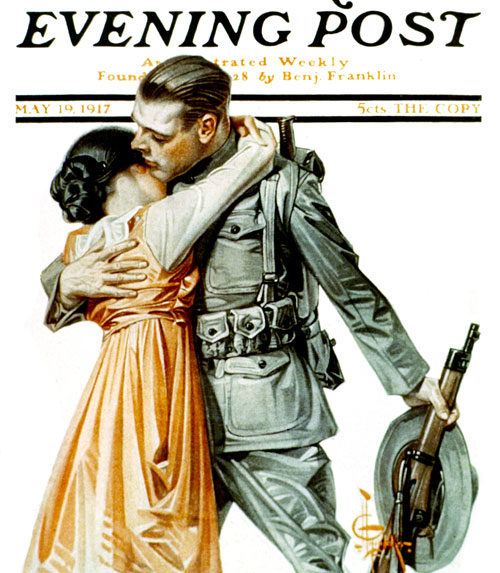
Tap or click on the triangle in the next image for a musical treat (of sorts).
This tune achieved modest success during the war years, but was soon forgotten—by everyone except Berlin. He resurrected it with a few modifications and new, quite secular “holiday” lyrics and title for the 1933 Broadway revue “As Thousands Cheer.”

Tap or click on the triangle in the next image for a listen to “Easter Parade” as it was performed in the original musical review. Believe it or not, it’s the four-time academy award nominee actor Clifton Webb’s voice on the early recording! Nothing “cheaper by the dozen” here.
As with most of Berlin’s songs, it later appeared in several musical movies of which the 1948 “Easter Parade,” with Judy Garland and Fred Astaire, remains the quintessential, sweet (some might say “saccharine”) version.
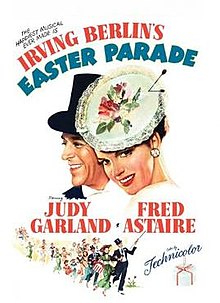
In fact, the whole film was written around the song. Click or tap on the triangle in the next image for what was, in its day, a cinematic Easter treat.
Irving Berlin (1888-1989) was widely considered one of the greatest songwriters in American history. Born Israel Beilin in Imperial Russia, Berlin arrived in the United States at the age of five. He published his first song, “Marie from Sunny Italy” in 1907 and received 33 cents for the publishing rights. That would pay for a spaghetti meal with a meatball, if not bread, in those days. I assume.

Click or tap on the triangle in the next image for a listen to this oldie by Irving.
The publisher misspelled his name on the sheet music and, ever after, “Beilin” became “Berlin.”

It is commonly believed that Berlin couldn’t read sheet music and was such a limited piano player that he could only play in the key of F-sharp. He “cheated” with a special piano he had made with levers that would allow him to change keys. It’s now in the Smithsonian Museum of American History!

So, as a kickoff to Easter Sunday, we have a Jewish songwriter, an immigrant born in Russia, who gave us this quintessential Easter song—only in America! He also wrote “White Christmas,” and of course, “God Bless America.”

So, let’s wrap up our Easter musical musing with–what else?–street band treatment of “Easter Parade.” Click or tap on the triangle in the next image for a down home treat. What’s not to like?
And, of course, one of the earlier film versions. Click or tap on the triangle in the next image for a look and listen. Who knew that Don Ameche could sing?
So, have your own kind of Easter fun this year, whether secular or sacred. Wear a beautiful bonnet . . .

Try to hide those Easter eggs where only you can find them . . .

Be aware of what those eggs might turn into!

And STAY TUNED!














